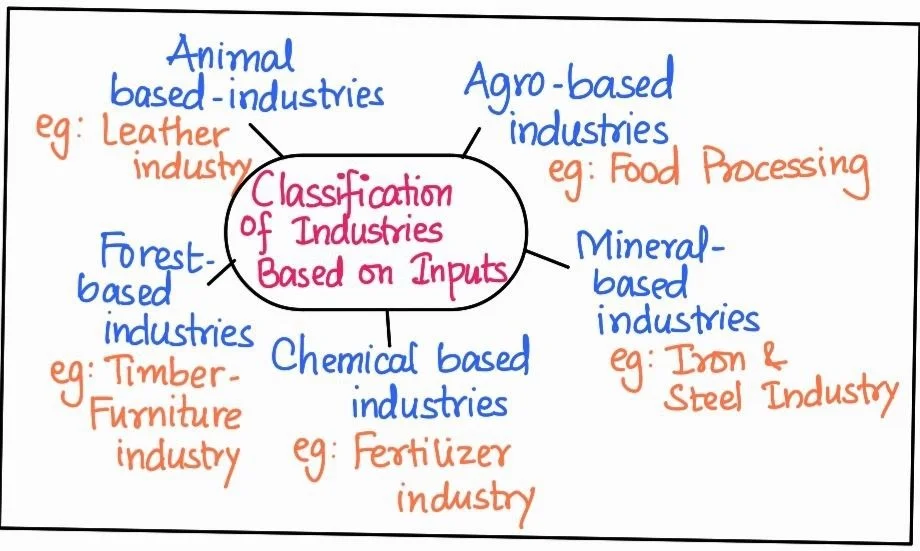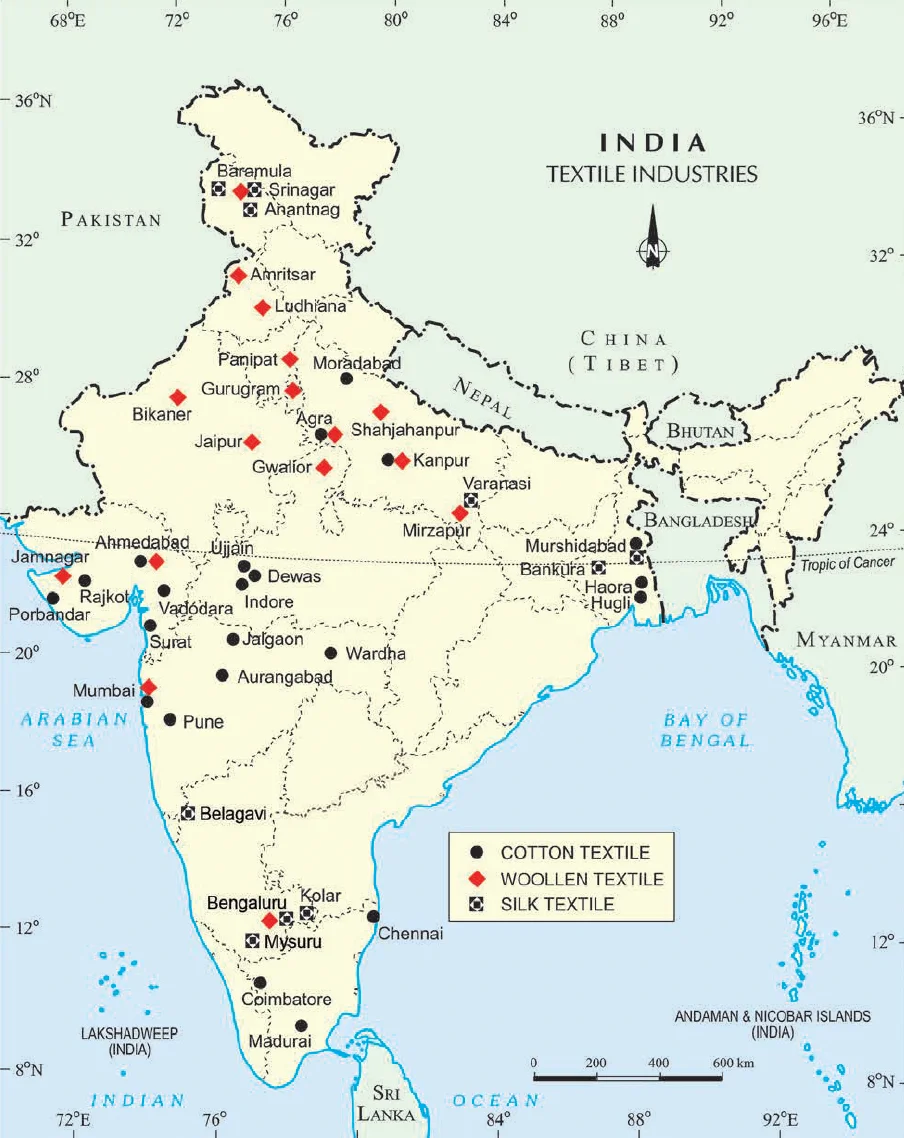![]() December 9, 2023
December 9, 2023
![]() 639
639
![]() 0
0
On the basis of the raw materials used, the industries are classified as: (a) Agro based; (b) mineral based; (c) chemical based; (d) forest based: and (e) animal based. By examining industries based on their inputs or raw materials, we gain insights into the intricate web connecting economic sectors, resource availability, and overall industrial dynamics.
This article delves into the various industries shaped by their reliance on specific inputs or raw materials, examining their role, significance, and impact on global economic landscapes.

|
Agro-factories: Agri-business is commercial farming on an industrial scale often financed by business whose main interests lie outside agriculture, for example, large corporations in tea plantation business. Agri-business farms are mechanised, large in size, highly structured, reliant on chemicals, and may be described as ‘agro-factories’. |
|---|
|
POINTS TO PONDER: Food processing can be used to add value to the raw products related to agriculture, dairy, poultry, etc. It can be used to counter not only food security challenges but also to increase farmer’s income, thereby reducing their suicide rates. |
|---|
Textile Industry:

Value addition in textile industry
Cotton Textile: The Fabric of India
|
Do You Know? The first successful textile mill was established in Mumbai in 1854. |
|---|
|
Do You Know? The two world wars were fought in Europe, India was a British colony. There was a demand for cloth in U.K. hence, they gave a boost to the development of the cotton textile industry. |
|---|

Distribution of cotton, woollen and silk industries
The Golden Fiber: Jute Textiles Unraveling India’s Industrial Landscape
|
Do You Know? The first jute mill was set up near Kolkata in 1855 at Rishra. After Partition in 1947, the jute mills remained in India but three-fourth of the jute producing area went to Bangladesh (erstwhile East Pakistan). |
|---|
Sugar Making in India: From North to South, a Sweet Journey
Also Read: Exploring the Foundations: A Comprehensive Insight into Mineral Based Industries
<div class="new-fform">
</div>

Latest Comments